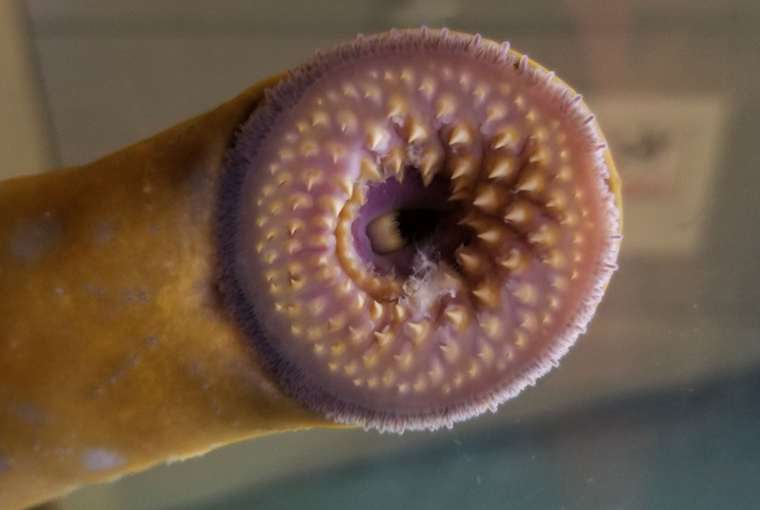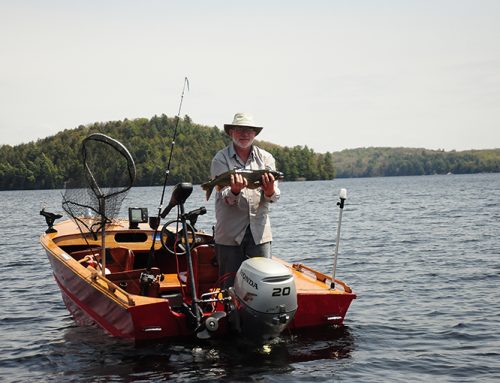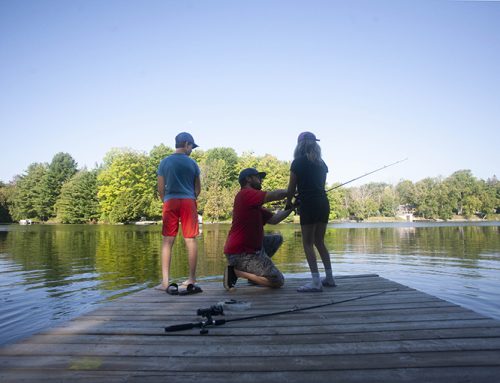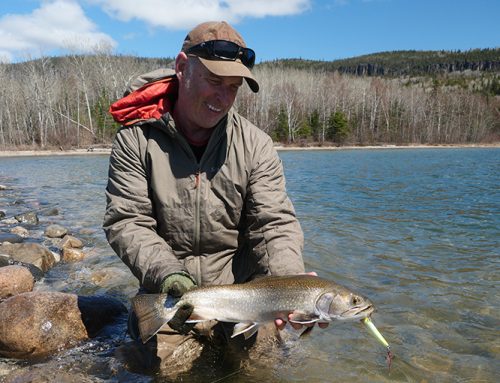
Sea lamprey, native to the Atlantic Ocean, entered Lake Ontario and Lake Champlain through canals in the mid-1800s.
It was believed Niagara Falls would stop them from reaching Erie and the other Great Lakes, but renovations to the Welland Canal allowed them through. On Nov. 8, 1921, commercial fisherman Alexander Crewe found a lamprey on a whitefish he caught. He sent it to the University of Toronto, and it was identified as the first sea lamprey above the Falls.
Native fish species were soon decimated. Only one in seven fish survived lamprey attacks and 85% of surviving fish had signs of an attack.
Deal led to control efforts
As a result of their expansion through the Great Lakes, the Convention on Great Lakes Fisheries was signed in 1954 between Canada and the United States. The Great Lakes Fisheries Commission was then formed and charged with sea lamprey control efforts.
“Today, sea lamprey control in the Great Lakes is remarkably successful,” said James McKane of Kitchener, Ontario, vice-chair of the commission. “Over the past six and a half decades, the Great Lakes Fishery Commission and its partners have reduced sea lamprey populations by 90% in most areas of the Great Lakes, saving millions of pounds of fish each year and contributing to the rehabilitation of fisheries that were once on the brink of complete collapse. The early pioneers of sea lamprey control shared an unyielding commitment to science and innovation, which continues to unite and drive program staff today. Without sea lamprey control, the $7 billion fishery would cease to exist.”






Leave A Comment